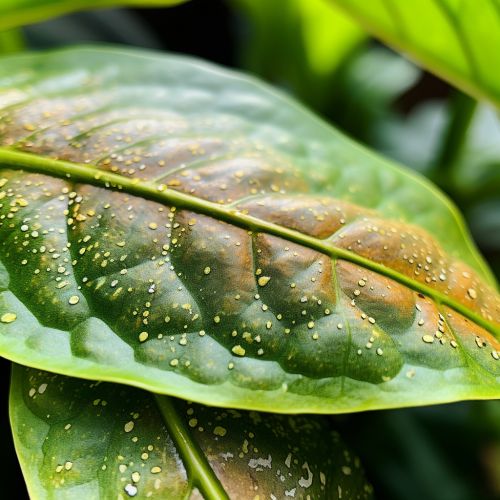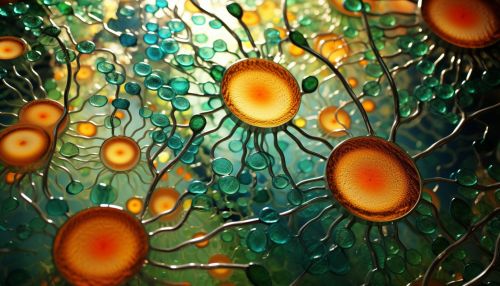Biological Mechanisms of Plant Response to Pathogen Attack
Introduction
Plants, like all living organisms, are susceptible to various pathogens that can cause diseases. However, they have evolved a variety of biological mechanisms to respond and defend against these attacks. This article will delve into the intricate details of these mechanisms, providing a comprehensive understanding of how plants react to pathogen attack.
Recognition of Pathogens


The first step in a plant's response to pathogen attack is the recognition of the pathogen. Plants have a sophisticated system of Pattern Recognition Receptors (PRRs) that can identify specific patterns on the surface of pathogens, known as Pathogen-Associated Molecular Patterns (PAMPs). This recognition triggers a series of events known as PAMP-Triggered Immunity (PTI).
PAMP-Triggered Immunity (PTI)
PTI is a broad-spectrum, non-specific response that is triggered when PRRs recognize PAMPs. This response includes the production of reactive oxygen species (ROS), the strengthening of the plant cell wall, and the expression of defense-related genes. PTI is generally effective against most pathogens, but some have evolved mechanisms to suppress or evade this response.
Effector-Triggered Immunity (ETI)


When PTI is suppressed or evaded, plants rely on a second line of defense known as Effector-Triggered Immunity (ETI). This involves the recognition of specific pathogen effector proteins by plant resistance (R) proteins. ETI is a more specific response than PTI and often results in a form of programmed cell death known as the hypersensitive response (HR).
Hypersensitive Response (HR)
The HR is a localized cell death that occurs at the site of pathogen infection. This response serves to limit the spread of the pathogen to other parts of the plant. The HR is often associated with the production of antimicrobial compounds and the expression of defense-related genes.
Systemic Acquired Resistance (SAR)


Following a localized infection, plants can develop a long-lasting, broad-spectrum resistance to subsequent pathogen attacks. This phenomenon, known as Systemic Acquired Resistance (SAR), involves the production of signaling molecules such as salicylic acid (SA), which can travel to other parts of the plant and trigger defense responses.
Conclusion
Understanding the biological mechanisms of plant response to pathogen attack is crucial for the development of effective strategies for plant disease management. These mechanisms, which include PTI, ETI, HR, and SAR, provide plants with a multi-layered defense system that is capable of responding to a wide range of pathogens.
